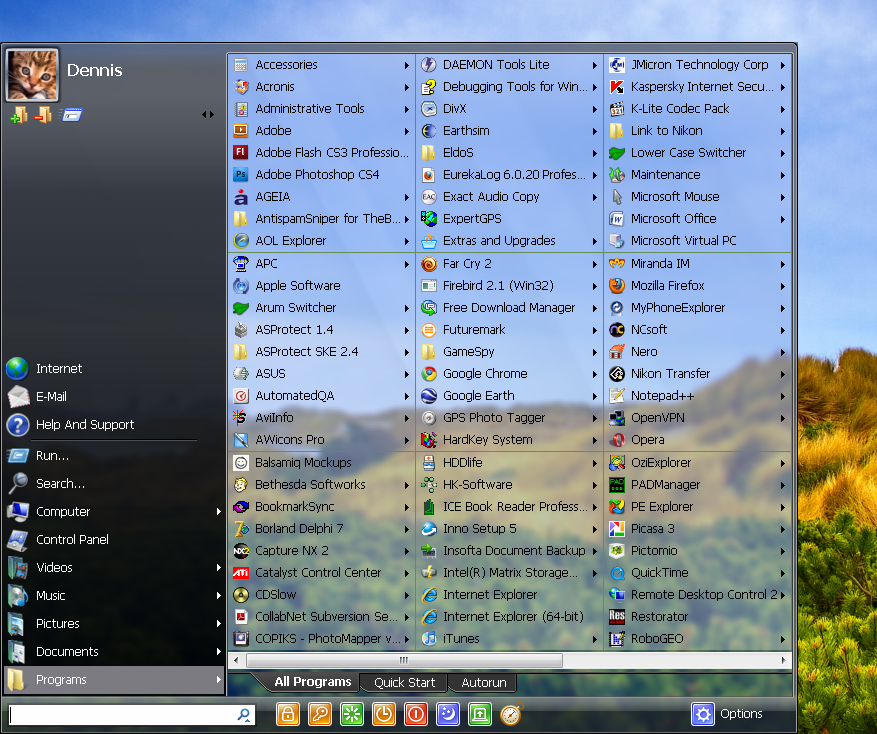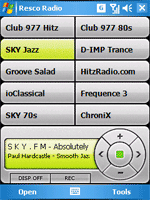by Marieta Leke
One of the great debates among advanced digital photographers is whether to use the JPEG or RAW format for recording images. Both formats are capable of producing highquality pictures, but when you shoot in JPEG mode, the camera processes the image for you so it is "complete" when you upload it to your computer.
Images captured in RAW format, on the other hand, are not complete when you transfer them to your workstation This process is more like taking a negative into a darkroom, where you can adjust the white balance and exposure until you get the perfect image
It's true that you can make those same adjustments in post-production with JPEGs, but it's different because you're readjusting information that's already been set. With RAW, you are actually mapping the original bits of information.
One of the battle cries of this book is "Good data in; good data out." The better you capture your shot, the easier it will be to produce high-quality output. Shooting in RAW mode means you can delay some difficult decisions until you're in the comfort of your own home, working at your computer.
A good example is determining the correct white balance, which is often difficult at the moment of exposure (especially under fluorescent or mixed lighting). When you shoot in JPEG mode, you have to make an immediate decision, and if you're wrong, you have to figure out how to correct it later.
In RAW mode, it doesn't make as much difference which white balance setting you select when you shoot the picture. The camera just records the "raw" data and lets you fine-tune the color later, on your computer. You can apply different color temperatures to the image, compare the results, and then have the computer apply one that you like without any compromise to image quality. It's just like choosing a white balance setting at the time of exposure (only better, because you're looking at a 17" monitor, not a 2" LCD screen!).
If your camera has the ability to shoot in RAW format, it will include software to work with these images. Photoshop users can also work with RAW files right in Photoshop. Visit the Adobe site ( http://www.adobe.com) for more information.
No matter which software you use, this method is as close as you can come to a true digital darkroom, and it provides you with maximum flexibility for processing your images Shooting RAW images requires more work and processing time later, at the computer
But for situations in which you want absolute control over quality and final output, RAW is an excellent option.
Which is best for you? A common-sense approach would be to capture images at the highest JPEG setting for your "everyday" shooting, and take advantage of the RAW format for difficult lighting situations, or when you want to squeeze every drop of quality out of your picture-taking process.











